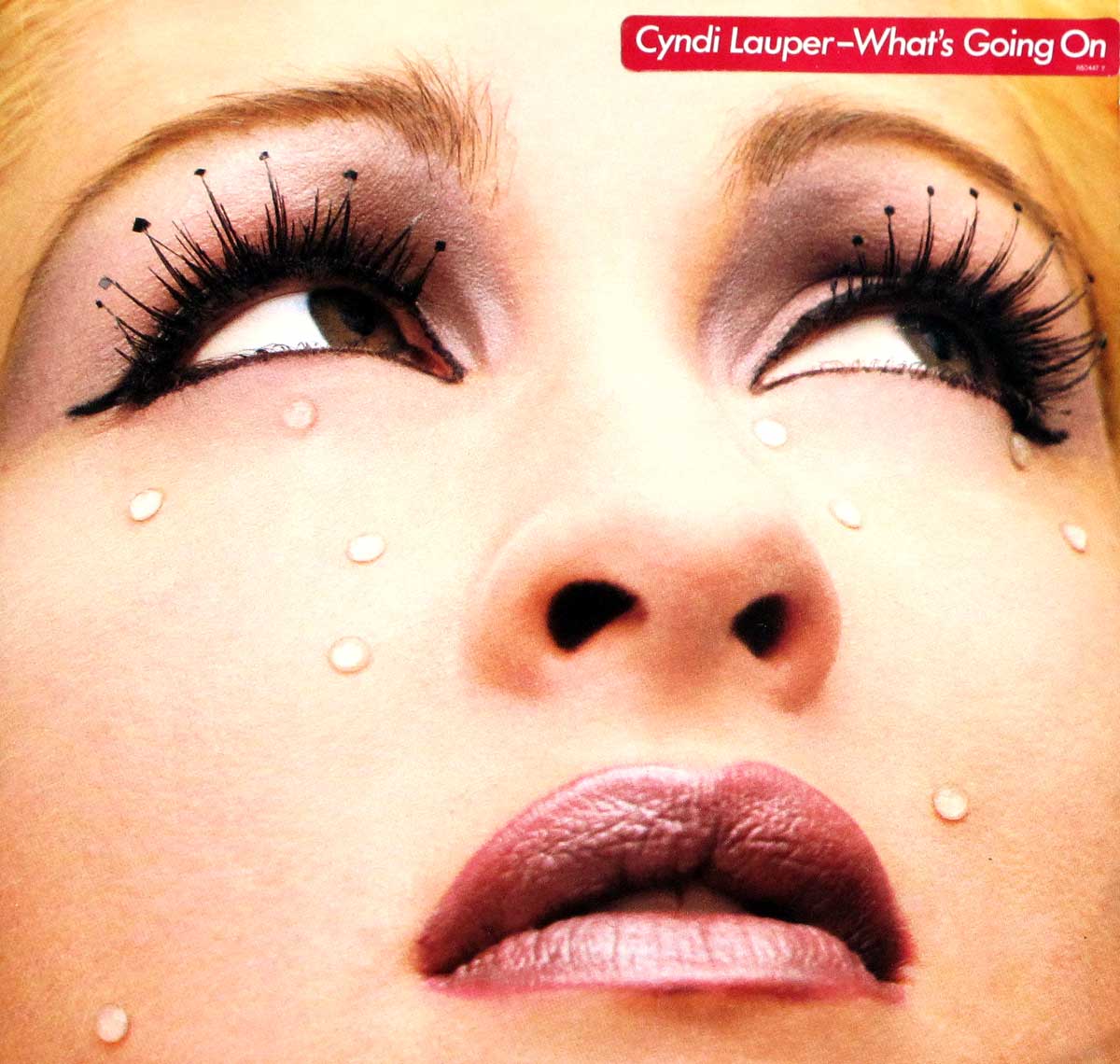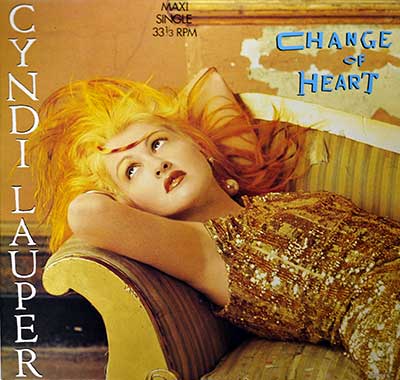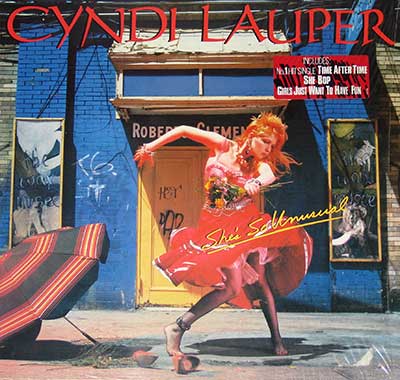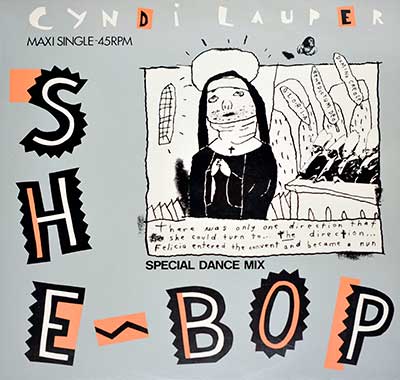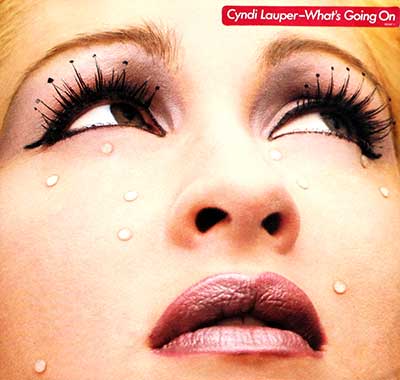Cyndi Lauper – ÒWhatÕs Going OnÓ (1987): A Pop Torch Reignited
In 1987, Cyndi Lauper did something bold. She reached into the heart of 1971Õs protest soul and pulled out Marvin GayeÕs haunting cry Ñ ÒWhatÕs Going OnÓ Ñ reimagining it with synths, drum programming, and her unmistakable voice of vulnerability and rebellion. Released as the second single from her sophomore album ÒTrue ColorsÓ, LauperÕs version of the song was both an homage and an update Ñ an emotional, glitter-dusted plea for clarity in a world still bent under the weight of injustice.
Historical Context: Echoes of the Early Õ70s in the Reagan Era
Marvin Gaye's original release in 1971 had been a landmark Ñ a daring move by MotownÕs prince to break free of romantic crooning and speak out against war, poverty, and systemic pain. By the mid-1980s, America was entrenched in another moral tug-of-war: the Cold War cast long shadows, apartheid drew global condemnation, and the AIDS epidemic, particularly close to LauperÕs heart, was largely being ignored by political leaders. In this climate, LauperÕs decision to cover ÒWhatÕs Going OnÓ was more than musical; it was political theater Ñ in neon.
Genre Shift: Soulful Protest, Rewired as 1980s Synthpop
The original ÒWhatÕs Going OnÓ was smooth, floating on strings and jazz-influenced percussion. LauperÕs take was cut from a different fabric: it pulsed with electro-pop urgency, echoing the sonic textures of her earlier hits while injecting darker hues of melancholy. The song walks a line between synth-pop and danceable new wave, but never loses sight of its roots in soulful protest. This was not a cover to simply recreate Ñ it was a reinterpretation for a new generation still asking the same question.
Production and Recording: A Pop Laboratory
The track was produced by Shep Pettibone, one of the most influential remixers and producers of the 1980s club scene, alongside Lauper herself. The result was a studio experiment that married the tight punch of dancefloor sensibility with the raw emotion of a protest anthem. Recorded in Right Track Recording Studio in New York City Ñ a favored space among artists seeking rich, warm control-room acoustics Ñ the track bore the fingerprints of meticulous engineering and digital precision.
Pettibone's influence is most noticeable in the drum patterns and structural dynamics: gated reverb on snare hits, sharp hi-hat accents, and a rhythmic bassline more aligned with club charts than BillboardÕs R&B listings. Still, LauperÕs voice remains front and center Ñ high, unfiltered, and almost fragile as she questions, pleads, and ultimately insists.
Controversies and Tensions
LauperÕs cover was not without backlash. Critics at the time Ñ particularly purists of GayeÕs catalog Ñ questioned whether the songÕs somber tone and complex arrangements translated well into synth-laced pop. Some saw it as overproduction. Others considered the move brave, especially since few white female pop stars had dared to reinterpret a work so intimately tied to the African-American experience of trauma and social protest.
But Lauper never shied away from controversy. An outspoken advocate for LGBTQ+ rights and AIDS awareness, she understood the song's themes intimately Ñ perhaps differently, but no less passionately. Her rendition was not imitation; it was conversation.
Album Variants and Regional Releases
Though ÒWhatÕs Going OnÓ appeared on all versions of ÒTrue ColorsÓ, there were subtle differences in international releases. Some editions of the single featured a longer extended dance mix by Shep Pettibone, while others included the radio edit. The UK and European 12" vinyl versions were notable for containing both versions and an instrumental, highlighting LauperÕs intention to bridge radio, club, and personal listening spaces.
The songÕs visual presentation also differed: the US release featured abstract cover art in line with LauperÕs playful punk aesthetic, while European editions leaned toward cleaner design, positioning Lauper as a more sophisticated Ñ if still unpredictable Ñ artist in evolution.
Conclusion: The Question Still Hangs
In hindsight, LauperÕs ÒWhatÕs Going OnÓ stands as more than just a cover. It is a statement of continuity. A bridge from soul to synth. A protest song with a pink streak in its hair and tear streaks on its cheeks. At a time when many pop stars played it safe, she didnÕt. Instead, she reached back fifteen years and reminded the world that the questions Gaye asked had yet to be answered. And with every keening note, Lauper made clear: she wasnÕt just asking them again Ñ she was demanding answers.
